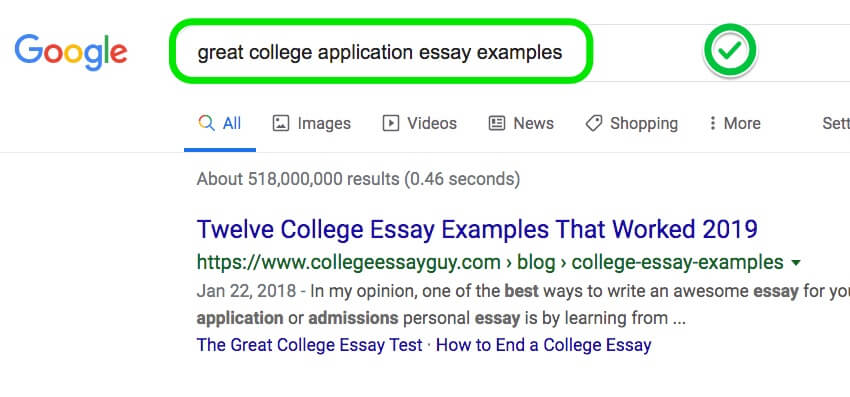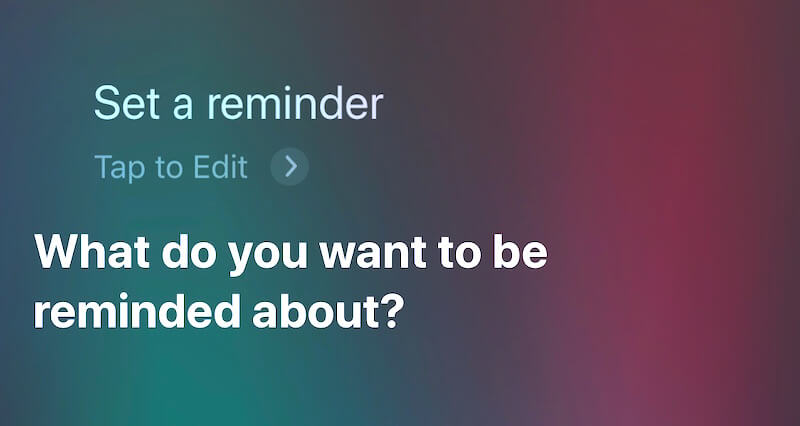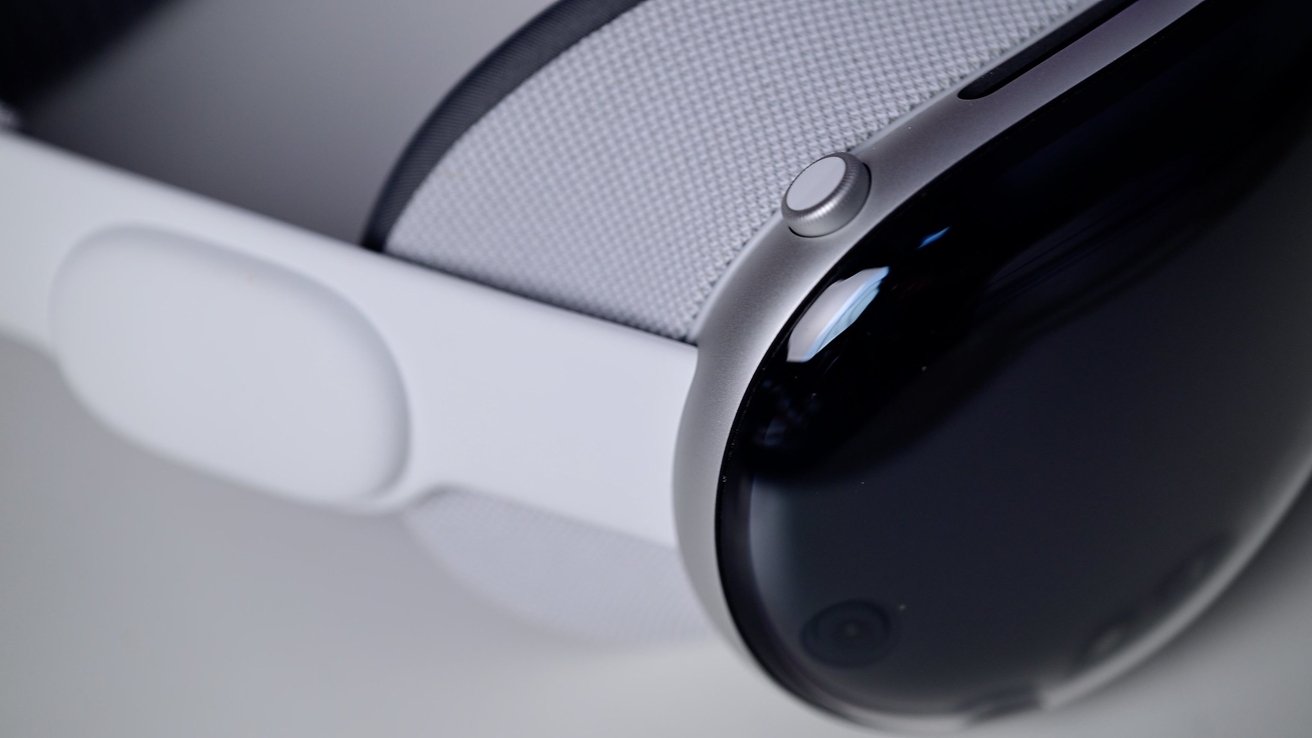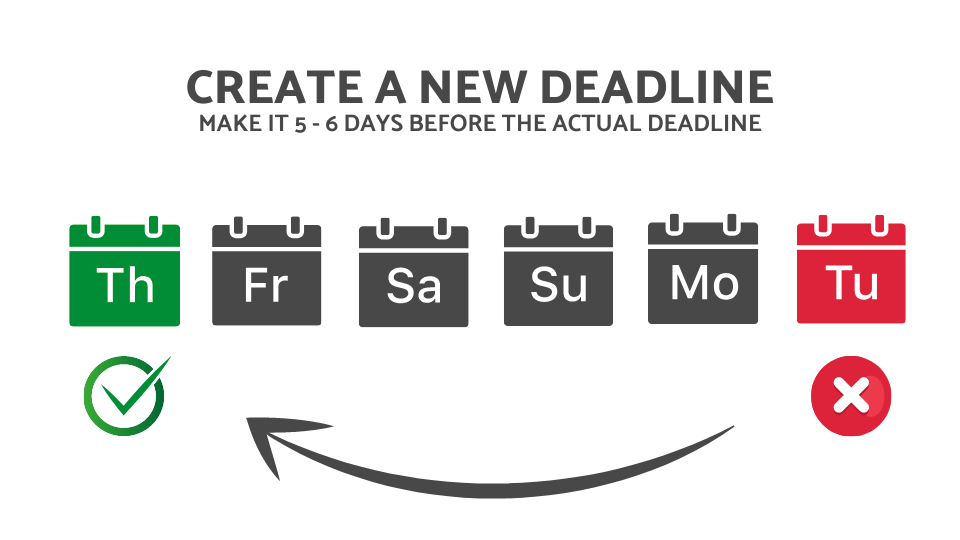In this post I will be revealing useful tips for ADHD productivity.†Each one makes the list because it has proven itself to work either for me personally or for a client with ADHD. Here are 10 tips for ADHD...
In this post I will be revealing useful tips for ADHD productivity.†Each one makes the list because it has proven itself to work either for me personally or for a client with ADHD.
Here are 10 tips for ADHD productivity that will keep you on track so you follow through:
Let's dive into the details for each one!
1). Use The Twin Bell Setup To Ensure You Get Up In The Morning

If youíre wanting to get up early in the morning, this is a strategy a client used that worked flawlessly.†All you need is a cheap twin bell alarm clock. You can get one on amazon for $12.†
Hereís what you do:
Set your phone alarm for the time you need to get up in the morning as usual. Set your twin bell alarm to go off two minutes after your phone alarm, and place it in your bathroom. When your alarm goes off in the morning you have two minutes to haul it to the bathroom to disarm the twin bell alarm.Why it works:
A twin bell alarm clock has metal bells, and is unbelievably loud. The consequence of waking up your entire family (and possibly neighborhood!) if you don't get out of bed is what makes this work so well.
(Get your cheap twin bell alarm clock on amazon for $12)
2). Write Faster by Transcribing Audio

Writing can be tricky for those with ADHD. Especially getting started.
Having a few tricks for when you get stuck is extremely useful when figuring out how†to be productive with ADHD.†
Recently I was having a hard time getting started on a blog post. So hereís what I did:
I went on a walk, opened an audio app and started recording.
Here is what I did step-step, and you can do to give yourself something to work with when fighting the blank page:
Write out a brief script of talking points (a rough outline) Go on a walk and start recording (I use Voxer) Transcribe the audio file (Temi is a great transcription tool) Now, you HAVE something to work with Edit the umm's and cut out all the fluff Hone the main pointsHere are some additional thoughts on prepping yourself for your walk/write session.
Give yourself a script, or an outline first. That way youíre not just blathering on. Break it up into smaller talking points and/or topics.†
Print this out, and use this as your guide/template. Spend 2-3 mins talking on each point, and when you get home, transcribe this using Trint. 10 mins later you'll have a block of text to go through.†
Quick update - April 2021: Since this post was published I've found Otter App. It's hands down the most economical transcription tool I've come across. You can currently get 600 mins. for free (as of April 7th, 2021). On top of that, the transcription accuracy is on point. It's unbelievably valuable.†
3). Start Anything By Doing A Brain Dump

4). Find A Good Example For Whatever Youíre Working On And Make It Your Template

This is a great ADHD tip for students and creatives.
Whether itís an essay, blog post, or song, hereís what to do: find a good example of the thing youíre trying to make, and then use the structure of said example as a template.†
The point here is† a). to give you structure, and b). to give you a practical example of how to do each part, and c). to keep you on track.
With ADHD itís easy to get sidetracked on things that don't matter. Donít reinvent the wheel. Let the template guide you and do the heavy lifting. (Note: copy the structure, not the content. Do your own version.)
For example, say you need to write an essay. Do a google search for the specific type of essay and find one great example. Print it out or pull it up in a browser and use it side by side while you write your own.†
What do they do in the introduction? Let's say it used a statistic and a brief story. Great. Find a statistic and a brief story. Etc.
†I used this strategy for a recent blog post. I found one from Blogging Wizard that I liked and thought, ďGreat Iíll do this but for ADHD.Ē And voile!
†
5). Do Your Work Using The Pomodoro Technique

When it comes to being productive with ADHD, thereís what you work on and there's how you work. They are equally important.†
The Pomodoro Technique gives you a template for how to work.†
On the front end, the Pomodoro technique may seem too simple of a solution to be a big deal. But once you get in the habit of working in Pomodoros, you start thinking in Pomodoros.
You mean you just work in twenty-five minute chunks? Yep. Donít knock it until you try it.
Itís an oddly effective way to work, and once you build a habit of it, it can be one of those productivity strategies you can start pointing at everything. ďYea Iíll just do a pomodoro real quickÖĒ
To learn about how to get more done using the Pomodoro Technique read this: ADHD and How To Get Things Done
6). Turn Off All Notifications On Your Phone

Don't skip this ADHD tip. It's one of the easiest ways to reduce overwhelm, but it's one that gets easily ignored.
Go to your phone settings right now. Scroll down to notifications and press it.†How many apps are you getting notifications from on a daily basis? More than you thought, right?
Here's the problem:
When you get tons of notifications throughout the day, you don't have clarity on which ones you should pay attention to and which ones you shouldn't.
When a Facebook notification about a friends post feels the same as a calendar event reminder, you start treating them the same. Soon reminder notifications can't help you anymore.
Here's what to do, eliminate all notifications except for:
Phone Calls Calender App Reminders App MessagesThatís it.†
When you eliminate all but essential apps, you can be sure when your phone goes off, itís because itís something important.†
By filtering out all the junk on the front-end, you can be sure when you get a notification that it's something that requires your attention.
OH THE CLARITY!
7). Use Siri For Setting Reminders/Timers In The Moment

This ADHD productivity tip is super useful for when you remember you need to do something but you're caught in the moment.
When you have ADHD, you need a way to capture and remind yourself of your tasks and to-do's throughout the day. But here's the truth: if it isn't easy to execute, you won't do it.
Using Siri makes capturing tasks and setting reminders really easy. Just press and hold the side button on your iPhone and say, "Set a reminder." Siri walks you through the process.
It's important to have a system for capturing things you need to do as they come at you throughout the day. Siri is such a great way to set timers or reminders for certain tasks.
Instead of pulling out your phone, opening app, etc.†All you have to do is press and hold the side button on your phone and say Set a Reminder. Siri will walk you through the process.†
Another practical way to use Siri for being more productive is to set timers for certain activities. This is super helpful for staying on task.
Practical Example:†Set a timer for 45 minutes when you put your clothes in the dryer.
8). Turn Difficult Things Into Experiences

This strategy was helpful for me when I wanted to start exercising more on a regular basis. Instead of trying to start with a boring regiment, instead I paired up with a couple of friends and we decided to run a half marathon together.†
We found a half marathon that would be a beautiful run, and we scheduled it for six months out.†
The best way to keep your attention enough to follow through is to make something meaningful, interesting, or exciting.
We ended up doing two half-marathons in a year and even flew into a different city together to make it even more of an experience.
If you got something you want to achieve but it's hard, monotonous, or boring, ask yourself this: How can I turn this into an experience?
Your goal here is to make it into something that has more draw or appeal than it does currently. The more stimulating it is, the more you will be drawn by it.†
For instance, if youíre avoiding studying because itís boring, can you turn it into an experience with a friend?
9). Use Voxer For Communicating (Esp. Long-Distance Friendships)

Voxer has been a surprisingly helpful tool for myself and my clients.†
The written word can give those with ADHD a lot of hangups. So instead of having to write long emails to stay in touch, using Voxer is a great way to shift from from text to talk.†
Voxer is an incredible way to have a quality dialogue without having to be on the phone at the same time.†I use Voxer to dialogue with my six siblings.†I use Voxer to communicate with clients.
Here are things I use Voxer for:
A). To better understand what I know and think.†When I want to clarify an idea I will take a walk around the block with my headphones in and process out loud
B). To get better at speaking. When I voxer with my family or friends you get to hear what you sound like when you talk. Itís surprising and sometimes even painful to listen back. But itís been really helpful to know so I can communicate better. One thing I do is try and keep ideas/thoughts to under 3 mins.†
C). To get better at writing.†When I am stuck on a blog post or writing, I will walk around the block and take an outline of what i want to write, and spend a few mins talking about each point.†
10). Use Co-working To Get Stuff Done

This ADHD tip is for those who have something important to get done but can't seem to follow through.
If your procrastination is in full force and the situation is dire, stop pouring your energy into trying to figure out how you can get yourself to work on it, and do this instead.
Find someone who needs to get work done as well, and do your work together in real-time.
Essentially, find an ADHD body double. They don't have to work ON it with you. They can work on their own thing, you work on your own thing, just find someone you can work alongside.
Even if you can't find somebody to work with in-person, that's okay you don't have to work in-person, you can do this via Facetime/Skype. It still works.
If you are part of any facebook groups or other online groups, put it out there that you're looking to get some important work done and ask if anybody wants to pair up for accountability.
I've found this strategy to work the best for ensuring follow-through. I don't know how to explain it, but it works.
Stop pouring your energy into tricking yourself, instead pour your energy into finding an accountability coworker.
To go a step further, use the Pomodoro technique to break down your work and use app blockers.
Check out this article here for a step by step guide for getting things done if you have ADHD.†
*11). When You Feel Stuck, Ask A Friend
This is a bonus tip is for those who feel stuck.
Whenever youíre stuck in paralysis analysis it's usually because youíre too close to your situation and you canít get perspective.†
What you need is to get outside yourself, and it's hard to do this alone. This is why you need to reach out to a friend.†
When you tell a friend what's going on, you get the chance to hear your situation out loud. This can be surprisingly helpful.
Ask them how they would approach your situation. What would they do if they were in your shoes? This allows you to see things from someone else's view, and helps create the distance needed for you to achieve perspective.
This is so helpful. Try it.
The key is to reach out as soon as you start to feel the wheels spinning. It can save you a bunch of time and energy.
**12). Always Start At The End And Work Backwards
One more bonus ADHD tip. 
This tip borrows from design thinking (HT Seth Godin). Before diving into any work, always ask two questions:
What is it for? Who is it for?This helps clarify the goal and purpose of your work. You want a clear through-line from where you are to what youíre aiming for. Let this guide you (this is especially helpful for college students with ADHD).
The key is to begin here. If you don't, you can waste your time and energy on things that don't count. Which is painful and disappointing.
There is SO much opportunity for distraction everywhere, and itís easy for those with ADHD to get lost along the way. Make sure you keep the end result front and center along the way.
Two practical examples:
For students:† When you have reading assignments for a certain class, start first by looking at the questions you have to answer on your homework. Then let that inform your reading along the way. Get a highlighter and use the questions to guide how you read.
For Creatives: When youíre working on a creative piece, boil down the theme into a phrase or sentence, and put it on a sticky note. Let it inform your writing as you go
Share your best tips for ADHD productivity below
What something you do that helps you be more efficient and productive? What's your BEST strategy?
Say hello and share your best tip below!












